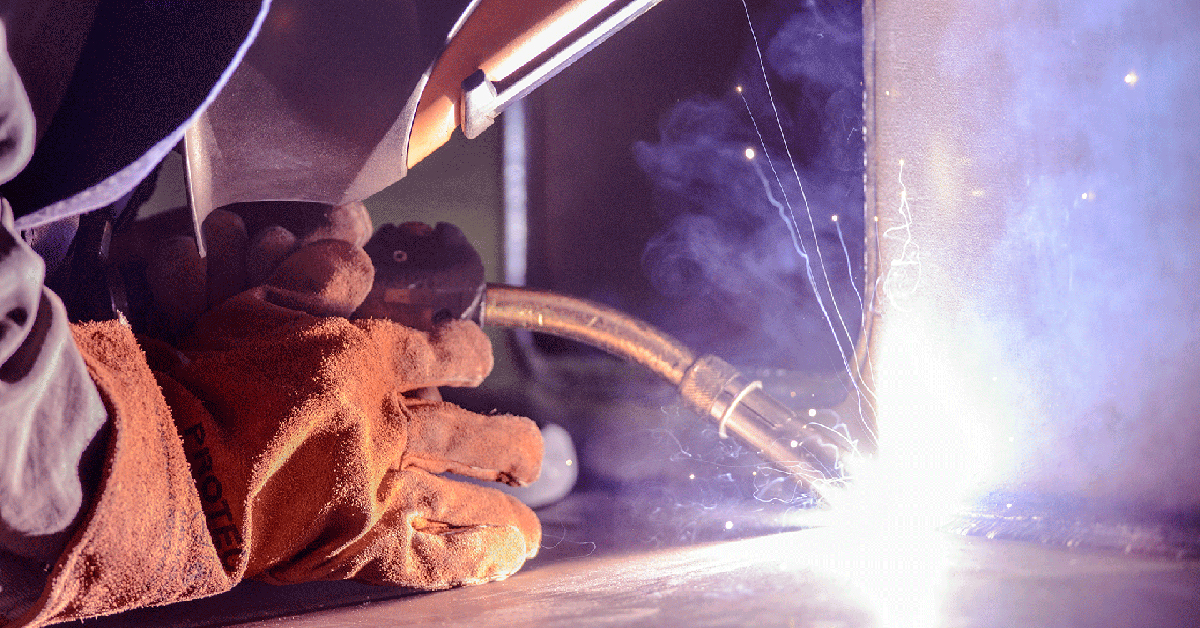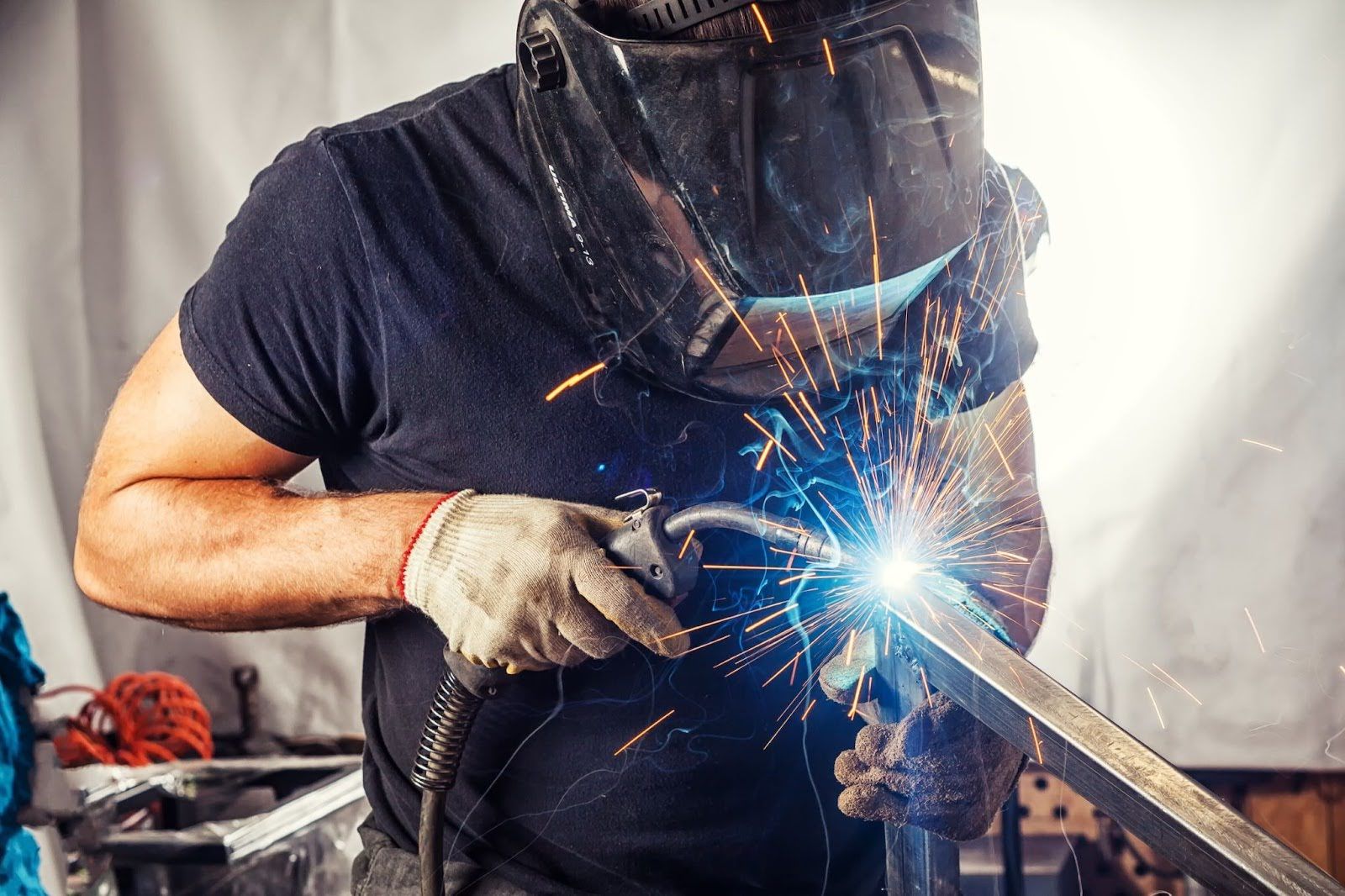Effective Ways to Prevent Weld Undercut in Your Welding Jobs
Effective Ways to Prevent Weld Undercut in Your Welding Jobs
Blog Article
Essential Tips for Welders: Avoiding Undercut Welding and Ensuring Stronger Weld Joints
In the world of welding, attaining sturdy and solid weld joints is the cornerstone of producing top notch job. One typical obstacle that welders often encounter is undercut welding, which can jeopardize the integrity of the weld joint.

Comprehending Undercut Welding
Undercut welding is an usual welding problem that takes place when the weld metal falls short to correctly load the groove and causes a groove-like depression along the weld bead. This defect damages the weld joint, making it at risk to fracturing and failing under stress. Damaging can be triggered by various aspects, including excessive welding current, high welding speed, improper electrode angle, wrong electrode size, and bad welding strategy.
Among the main reasons for undercut welding is an inequality between the welding existing and the welding speed. If the welding current is expensive or the welding speed is too fast, the weld metal may not effectively fill the groove, causing damaging. Additionally, making use of an electrode that is too large can result in a comparable outcome, as the excess metal can not properly move right into the groove.
To stop undercut welding, welders need to ensure they are utilizing the right welding specifications, maintain an appropriate electrode angle, select the ideal electrode dimension, and practice appropriate welding strategies. By resolving these elements, welders can minimize the danger of undercutting and create more powerful, extra trusted weld joints.
Appropriate Welding Method
Effective welding strategy plays a crucial function in making sure the quality and integrity of weld joints. Appropriate welding method includes a mix of precision, adherence, and ability to finest methods. One basic element of appropriate welding technique is keeping the correct angle and range in between the welding weapon and the workpiece. Welders need to also pay attention to the traveling speed and warmth input to stop problems like undercutting, porosity, or insufficient blend.
Additionally, a constant and consistent hand movement is necessary for producing solid and resilient weld joints. Welders must go for smooth, uniform motions to guarantee also distribution of the weld product. Appropriate adjustment of the welding weapon and filler material is additionally vital to achieving optimal penetration and blend.
Moreover, regulating the warm input and selecting the proper welding specifications based upon the product being bonded are critical consider achieving premium welds - Preventing weld undercut. Welders must follow the recommended settings offered by welding treatment specs and readjust them as needed based upon the certain needs of the task. By grasping appropriate welding methods, welders can significantly boost the toughness and reliability of their weld joints
Selecting the Right Electrode
When thinking about the relevance of selecting the ideal electrode in welding applications,Keeping the right angle and distance in between the welding gun and the workpiece is essential. The choice of electrode plays a critical duty in identifying the quality and toughness of the weld joint. Electrodes can be found in different types, each created for specific objectives and products.
First of all, choosing the appropriate electrode size is crucial. Thinner electrodes are appropriate for welding slim products, while thicker electrodes are better for thicker materials and greater heat applications. Matching the electrode diameter to the thickness of the work surface assists attain a well balanced weld.
Second of all, understanding the product composition of the electrode is important. Different electrodes are developed for welding particular check my source products like steel, stainless-steel, light weight aluminum, or cast iron. Using the correct electrode product makes certain great fusion and lessens the risk of flaws in the weld.
Finally, taking into consideration the welding position and technique is vital when picking the electrode kind. Specific electrodes are better matched for overhanging or vertical welding positions, while others function well for level or straight placements. Picking the ideal electrode based on the welding strategy improves the overall weld top quality and stability.
Preparing the Base Steel
To make certain a successful welding process, what preliminary steps should be taken when preparing the base metal for welding? Correctly preparing the base metal is vital for achieving solid and resilient weld joints. The initial step in preparing the base metal is to clean it extensively to eliminate any type of impurities such as corrosion, dust, oil, or paint. This can be done using a cord chemical, mill, or brush solvents. Additionally, any existing weld material or deposit from previous welding must be gotten rid of to guarantee a tidy surface area for the brand-new weld.

Performing Post-Weld Examinations

After conducting these assessments, welders should compare the results against sector criteria and job demands to make certain that the weld joint fulfills all essential standards. Any kind of inconsistencies or inadequacies uncovered during the post-weld examination must be immediately dealt with via suitable restorative steps to guarantee the weld's integrity. By diligently executing post-weld inspections and promptly dealing with any problems, welders can support the quality and dependability of their work, eventually adding to the safety and long life of the welded frameworks.
Conclusion

In conclusion, protecting against undercut welding and making sure more powerful weld joints call for a combination of correct welding technique, selecting the best electrode, preparing the base metal appropriately, and carrying out post-weld evaluations. By understanding the root causes of undercut welding and implementing the necessary safety measures, welders can produce premium weld joints that meet sector standards and make certain the structural integrity of the bonded parts.
Undercut welding is a common welding issue that occurs when the weld metal falls short to appropriately load the groove and results in a groove-like clinical depression along the weld grain (Preventing weld undercut). Damaging can be triggered by numerous aspects, consisting of extreme welding existing, high welding speed, incorrect electrode angle, inaccurate electrode size, and bad welding strategy
One of the major factors for undercut welding is a discrepancy between the welding current and the welding speed. If the welding current is also high or the welding rate is also quick, the weld steel might not properly load the groove, leading to damaging.Preserving the appropriate angle and range between the welding weapon go now and the work surface is basic when thinking about the value of choosing the ideal electrode in welding applications.
Report this page